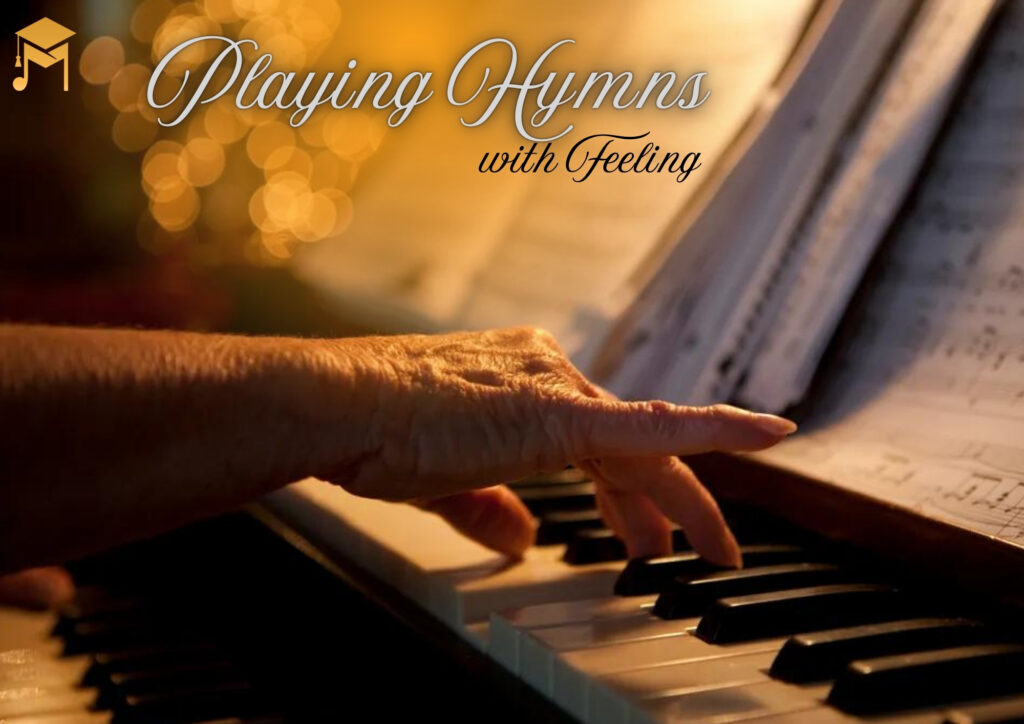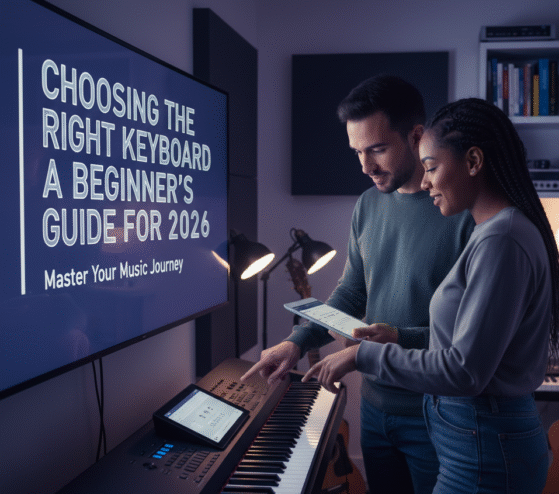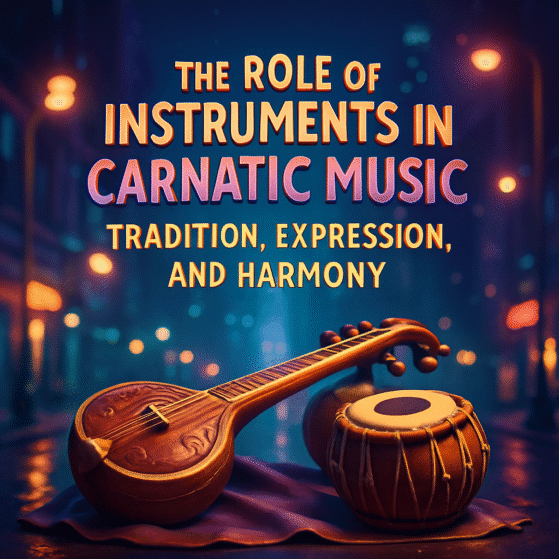Playing Hymns with Feeling | Techniques for Traditional Worship
Playing hymns with feeling is an art that blends technical proficiency with emotional expression. Traditional worship services, where hymns play a central role, demand a special sensitivity from musicians. Whether you’re a pianist, organist, or vocalist, mastering hymn playing techniques and understanding how to infuse your performance with feeling can enhance the worship experience for your congregation. Here’s a detailed guide to mastering this delicate art.
Understanding the Hymn’s Text and Context
Before playing a hymn, immerse yourself in its text and historical context. Each hymn carries a message and a mood that reflects the theological and emotional intent of its author. Read through the hymn’s verses to grasp its meaning and significance within the worship service. This understanding will guide your interpretation and help you convey the hymn’s message more authentically.
Technique Tip: Research the hymn’s background and listen to different renditions to appreciate its traditional and emotional nuances.
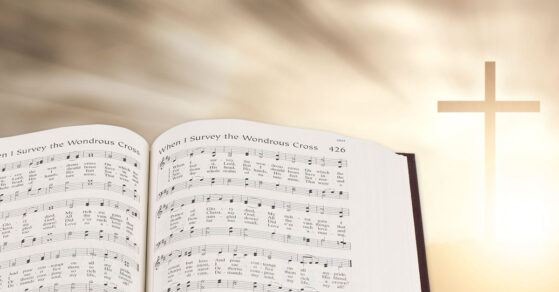
Mastering the Basics | Technique and Timing
Technical proficiency is the foundation of expressive playing. Ensure you have mastered the hymn’s melody and harmonies. Practice scales and arpeggios to strengthen your finger agility and control. Proper timing and rhythm are crucial. Hymns often require a steady tempo and clear articulation, so work on your precision and consistency.
Technique Tip: Use a metronome to practice keeping a steady tempo. Gradually increase the tempo as you become more comfortable.

Dynamic Expression | Using Volume and Articulation
Dynamics (loudness and softness) are key to playing with feeling. Use them to highlight the hymn’s emotional peaks and valleys. For example, build intensity in the chorus and soften during reflective verses. Articulation, such as staccato (short and detached) or legato (smooth and connected), can also enhance the hymn’s expressiveness.
Technique Tip: Experiment with different dynamic levels and articulations to see how they affect the hymn’s emotional impact.

Phrasing | Shaping the Music
Phrasing involves shaping musical sentences to convey meaning and emotion. Think of each phrase as a musical thought or idea. Emphasize the beginning and end of phrases to create a sense of direction and continuity. Effective phrasing, a key aspect of hymns playing techniques, can also be used to highlight important textual elements of the hymn.
Technique Tip: Practice each phrase separately, focusing on how it connects to the next. Pay attention to natural breaks and the overall flow of the hymn.
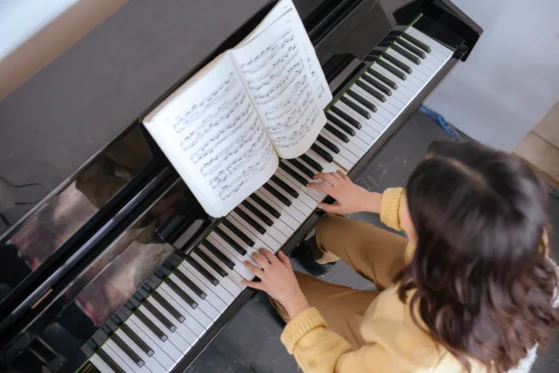
Tempo and Rubato | Flexibility in Timing
While hymns typically follow a steady tempo, incorporating slight rubato (flexibility in timing) can add emotional depth. Use rubato to stretch or compress certain notes or phrases, reflecting the hymn’s mood. Be subtle; too much rubato can disrupt the hymn’s flow.
Technique Tip: Listen to recordings of expressive hymn performances and note how tempo changes are used to enhance emotion.
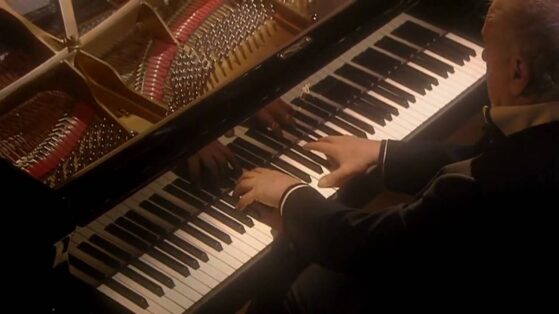
Pedaling | Adding Depth and Resonance
For pianists and organists, the use of the pedal is essential for creating a rich, resonant sound. The sustain pedal can help blend notes and create a fuller, more harmonious sound. However, over-pedaling can muddy the texture, so use it judiciously. Experiment with different pedal techniques to find the right balance for each hymn.
Technique Tip: Practice pedaling techniques separately, focusing on how they affect the clarity and resonance of the hymn.

Emotional Engagement | Connecting with the Music
Playing with feeling requires emotional engagement. Connect with the hymn on a personal level. Reflect on the emotions and messages it conveys and let these feelings influence your performance. Your emotional connection will translate into a more heartfelt and compelling interpretation.
Technique Tip: Before performing, take a moment to meditate on the hymn’s message and how it resonates with you personally.

Listening and Adapting | Feedback and Growth
Finally, seek feedback from others and listen to your own performances. Record yourself playing and listen critically to identify areas for improvement. Be open to suggestions and be willing to adapt your approach based on what you learn.
Technique Tip: Regularly record and review your performances, and consider working with a mentor or music director for constructive feedback.
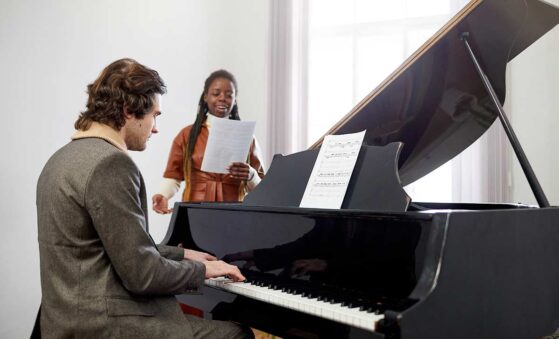
Conclusion
Playing hymns with feeling is an ongoing journey of growth and discovery. By understanding the hymn’s context, mastering hymns playing techniques, and engaging emotionally with the music, you can enhance the worship experience for your congregation. Embrace these techniques, and let your performances become a heartfelt expression of the hymns’ profound messages.


